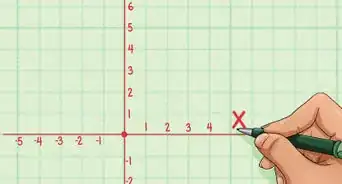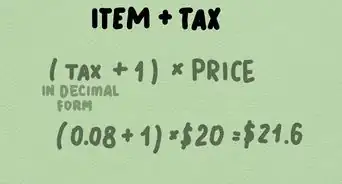Hypothesis testing with z and t statistics
X
wikiHow is a “wiki,” similar to Wikipedia, which means that many of our articles are co-written by multiple authors. To create this article, volunteer authors worked to edit and improve it over time.
Learn more...
What is the difference really between z and t tests? The main thing is that t tests are used when you don’t know the population variance! You use the Student’s t distribution instead of the standard normal distribution. This wikiHow compares the t test to the z test.
Things You Should Know
- This article covers one-sample z and t tests, comparing their key differences.
- Calculate the z statistic using the formula
- Calculate the t statistic using
- The main difference is that the t test is used when population variance is unknown.
Steps
Section 1 of 3:
Z Test
-
1Use the z statistic to carry out hypothesis testing. The z statistic uses a sampling distribution. Then, it turns it into a standard normal distribution. To calculate the z statistic, use this formula:
- where
- is the sample mean
- is the population mean
- is the sample standard error
- is the population standard deviation
- is the sample size
-
2Make a decision. If the calculated z statistic (also called z score) is greater than the critical z value, you reject the null hypothesis and have significant evidence supporting the alternative hypothesis.
- If you’re testing a proportion, check out our guide on performing hypothesis testing for a proportion.
Advertisement
Section 2 of 3:
T Test
-
1Use the t statistic to carry out hypothesis testing. The t statistic uses a sampling distribution. Then, it turns it into the t distribution. To calculate the t statistic, use this formula:
- where
- is the sample mean
- is the population mean
- is the estimated standard error
- is the sample standard deviation
- is the sample size
-
2Make a decision. If the calculated z statistic is greater than the critical z value, you reject the null hypothesis and have significant evidence supporting the alternative hypothesis.
- We cover two-sample t tests in this guide.
Advertisement
About This Article
Advertisement






















-Step-10-Version-3.webp)









































